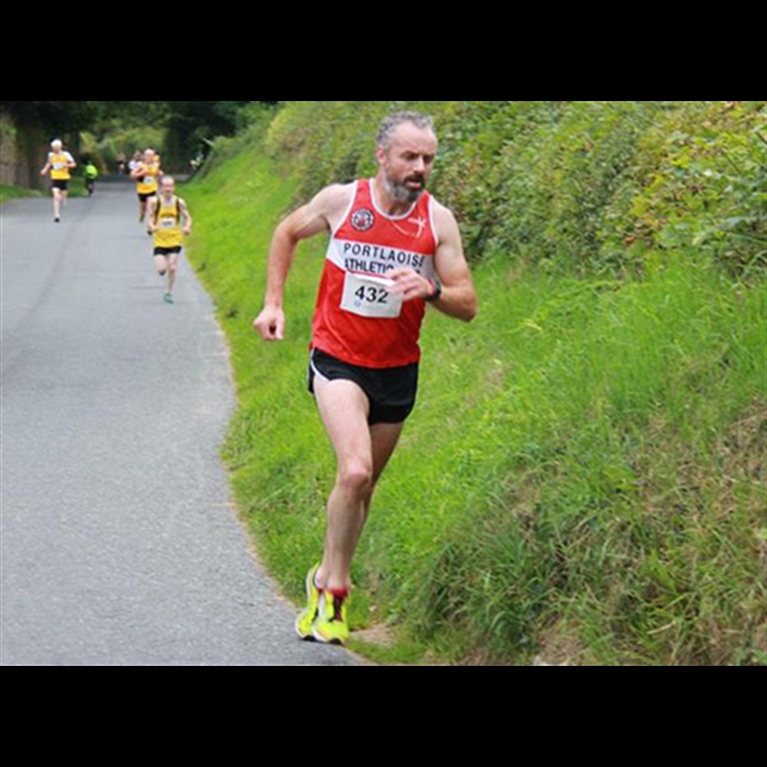Many SCAD survivors are told, initially at least, not to exercise vigorously. Some find that it is simply not possible as tiredness or chest pain prevent them from doing very much at all. Some are told that certain forms of exercise they used to enjoy might no longer be a good idea for the long term. This can be very upsetting.

Alison
Alison says regaining trust in her body was the biggest challenge after her SCAD
Types of exercise that most SCAD patients can do at some level, gradually increasing distance and pace as stamina improves:
- Walking
- Swimming
- Yoga (avoid isometric poses)
- Pilates – see Cleveland Clinic’s information.
- Approved Cardiac Circuit Training or gym exercise machine use (linked with some Cardiac Rehab centres)
- Aerobics for beginners
This British Heart Foundation page gives information about what you can do and when after a heart attack and answers some questions about exercise. And they have some information about swimming with a heart condition here.
The general advice from SCAD expert Dr David Adlam (from 39.58 minutes into this video), is that exercise is essential for maintaining physical and mental health.
A paper published in June 2021 included suggestions for what physical activity and exercise is recommended and what should be avoided. Dr Adlam also discusses it in this video (starts at 29 minutes).
More research has been carried out in the last few years into the key aspects of physical and mental recovery after SCAD. These and future plans were discussed by Professor Lis Neubeck of Edinburgh Napier at the 2023 Beat SCAD conference.
Dr Adlam discusses exercise after SCAD (from 29 mins 10 secs)
Recommended: Cardiac rehab, moderate aerobic exercise (30-40 minutes a day), interval training and resistance training using lower resistance and higher repetitions.
Do with caution: High endurance aerobic training, muscle-building exercises or Yoga poses involving extreme head/neck positions.
Avoid: High-intensity exercise, contact sports and extreme head positions. Weight lifting or other movements that involve holding your breath/straining (the Valsalva manouevre).

James
James' life is based around running and he hasn't let a SCAD stop him doing what he loves!
Dr Adlam also notes that SCAD patients should be wary of extremes. Some isometric poses, such as ‘the Plank’, weight-lifting very heavy weights, any activity that puts them at risk of ‘whiplash’ type neck movement might (note: might, not will) increase the risk of further dissection events, particularly if you have also had a diagnosis of Fibromuscular Dysplasia (FMD) (and particularly if that involves arteries and/or aneurysms in the neck and/or brain).
Many will get back to doing the exercise they loved best. Perhaps not quite at the level they previously were at, but some exceed their previous fitness levels. SCAD patients have returned to running (including racing and half marathons etc), cycling (for leisure and competitively), horse-riding, skiing, sailing, hill-climbing etc. Have a look at some of our SCAD stories for examples and inspiration!
But if new circumstances make one kind of exercise difficult, there will be a form of exercise that is possible, we just have to find it. Keeping moving is key – within personal safe limits, starting in moderation and slowly increasing speed/intensity of exercise. SCAD patients should talk to their cardiologist, Cardiac Rehab nurse, GP etc for guidance.
Physical (and mental) recovery after SCAD is definitely a marathon, rather than a sprint. Take it one day at a time, be kind to yourself if you feel you aren’t making enough progress, and keep a journal to encourage yourself that you are improving.
Click on the sections below to find out more about Medications and SCAD, Checking for Healing, Chest Pain after SCAD and Cardiac Rehab.
